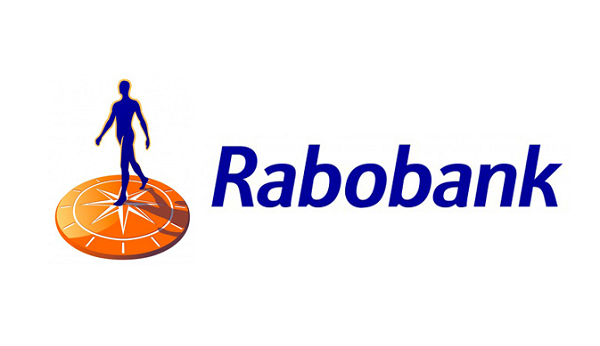
The outlook for the global poultry industry is for strong market conditions, despite ongoing operational challenges.

Download the full report
Report summary
The outlook for the global poultry industry in Q4 2022 and early 2023 remains strong, despite the big challenges across global poultry as well as some recent setbacks in North America. From a market perspective, a weaker economic climate with pressure on spending power will lead to more price-driven consumer behavior, which supports poultry consumption as it is the cheapest meat protein option.
Market performance will also depend on the local economy’s dependence on energy trade. In general, South/Southeast Asia, the Middle East and Africa will tend to perform better than Europe, Northeast Asia and North America. Covid-19 risks are still present and might lead to new disruption in the Northern Hemisphere winter season and indirectly in international trade.
The biggest operational challenges are with the ongoing high feed prices, rising energy prices in import dependent countries, high distribution costs, rising labor costs and ongoing Avian Influenza (AI) concerns. Rabobank expects feed prices to move to around Q1 levels for the remainder of 2022 and early 2023, which is 10%-15% below the Q2 peak level.
Major cost price inflation among other inputs means there is limited room to lower chicken prices. This is especially the case in Europe, where future energy prices for winter are reaching up to 10 times higher than average levels. This could affect farming and processing, with rising costs, concerns about CO2 availability for gas stunning, and rising cold storage and distribution costs.
AI keeps spreading globally, with ongoing cases in the Northern Hemisphere, even in summer, and in Southeast Asia and Africa. The ongoing risk of spreading and more difficult trade of breeding products leads to an ongoing tight supply situation in many regions.
Tight global supply and price inflation has led to record high trade volumes of 3.5m metric tons in Q2 2022, and we expect trade in H2 2022 even to be stronger. More countries are opening markets to imports to curb local price inflation.
In this highly challenging global market context, it will be important to keep production balanced. In North America and Mexico, where supply has been increasing, suggest a risk of losing market balance in these times of cost price inflation. Brazil is another example.
The focus for the global poultry industry should be on excellence in operations. Being efficient in times of inflation, major supply challenges and disruptions makes the difference between good and weak performance. It is also important to offer adequate affordable solutions to keep chicken on the menu for consumers who are trading down.







